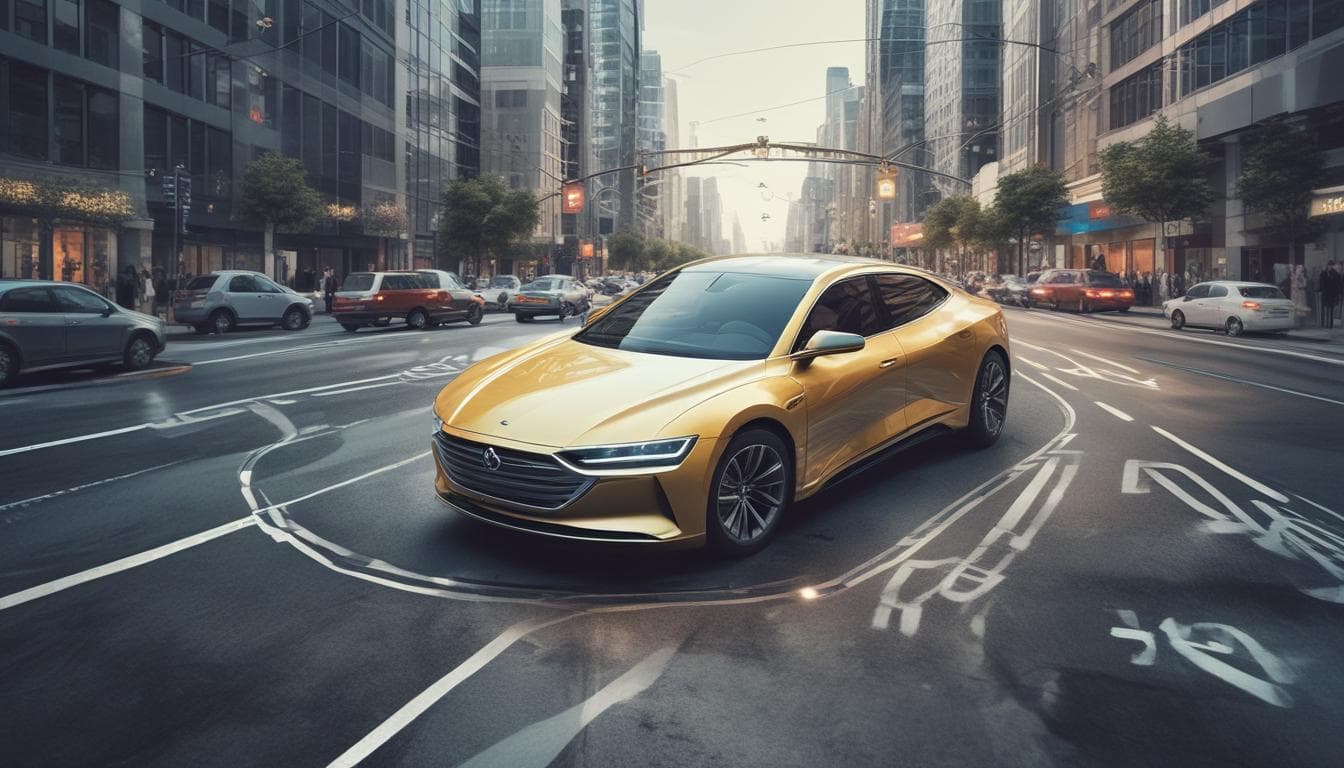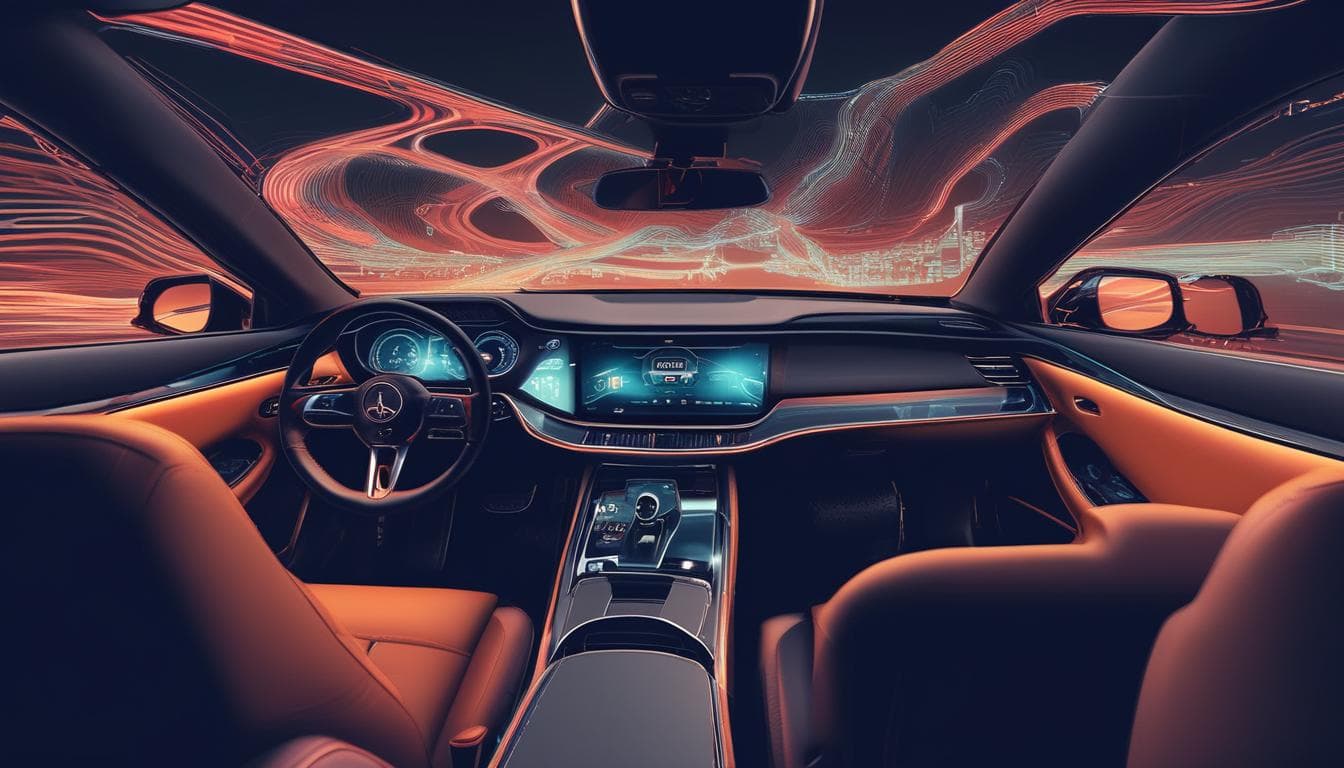The automotive world is undergoing a seismic shift with electric vehicles and autonomous technology, reminiscent of the pivotal transition from horse-drawn carriages to the first automobiles over a century ago. What overlooked societal challenges, unexpected infrastructure demands, or surprising cultural adaptations from that historic shift do you believe offer the most crucial lessons for navigating our current automotive revolution, and how can we apply them today?
The transition from horse-drawn carriages to the first automobiles indeed serves as one of history's most transformative periods, riddled with both opportunities and challenges. Drawing parallels to today, there are several lessons worth exploring as we embrace electric vehicles (EVs) and autonomous technologies.
Societal Challenges and Cultural Adaptations
-
Resistance to Change: Just as communities initially opposed the arrival of noisy, smoke-belching cars disrupting quiet streets, today there are hesitations around EV adoption, whether due to range anxiety or concerns over charging infrastructure. Building public trust through education and demonstrations, much like early car manufacturers did, remains vital.
-
Skill Transition: The gradual disappearance of blacksmiths and carriage makers posed an employment challenge during the automobile revolution. In a similar vein, today, as smart factories and autonomous fleets dominate, there will be a shift in required workforce skills. Governments and companies must prioritize reskilling programs to transition employees into electrification and digitalization roles. The Impact of Quantum Computing on the Automotive Industry highlights how cutting-edge tech is demanding new expertise, something we need to prepare for.
Infrastructure Demands
-
Redesigning Roads and Cities: The introduction of cars reshaped cities, replacing dirt paths with paved roads, adding gas stations, and developing traffic laws. Today’s shift to EVs mandates a similar overhaul. Charging stations must proliferate in ways that are both cost-effective and geographically inclusive. Additionally, advancements like Vehicle-to-Grid (V2G) Technology emphasize the importance of integrating EVs with energy grids to avoid overwhelming existing infrastructure.
-
Standardization: Uniform standards, from road sizes to traffic signs, were critical in the last century and accelerated automobile expansion. EVs and autonomous vehicles require analogous standardization, such as charging connectors or communication protocols like V2X, discussed in Driving Connected: Transforming Road Safety and Efficiency with V2X Communication.
Applying Lessons Today
-
Long-term Vision: Early auto pioneers and city planners envisioned far-reaching solutions rather than just patchwork fixes. Similarly, we must plan for autonomous and EV ecosystems keeping decades ahead in mind. This includes the ethical considerations of AI, as illustrated in Navigating the Moral Maze: Ethical AI and the Future of Autonomous Driving.
-
Inclusive Access: Historically, automobiles were seen as a luxury before mass production technologies like Ford’s assembly line brought affordability. Today, the challenge is to make EVs financially accessible while ensuring equitable charging access across rural and urban areas. Also, Driving Sustainability: The Circular Economy's Impact on the Automotive Industry provides insights into sustainable practices that could reduce costs and environmental impact.
Learning from history underscores the importance of balancing innovation with inclusivity, long-term planning, and robust infrastructure development. The automotive sector, once again at the crossroads of change, has a unique opportunity to shape the future thoughtfully and sustainably.
Explore More on This Topic
Join the Conversation
- The Future of Car Ownership: AI, Autonomous Fleets, and Societal Impact
Explore the potential shift from individual car ownership to shared autonomous fleets driven by AI. Discuss the societal and economic implications of this evolving landscape.
- The Future of Car Personalization: How AI Will Transform the Driving Experience
Explore the potential of AI in creating deeply personalized automotive experiences. Discuss the benefits and drawbacks of AI anticipating moods, suggesting destinations, and adapting driving styles to match emotional states.
- The Future of Vehicle-to-Vehicle Communication with AI
Explore the future of interconnected cars with AI-powered vehicle-to-vehicle communication. Discuss opportunities and challenges of autonomous traffic flow, accident prevention, and real-time data sharing.





